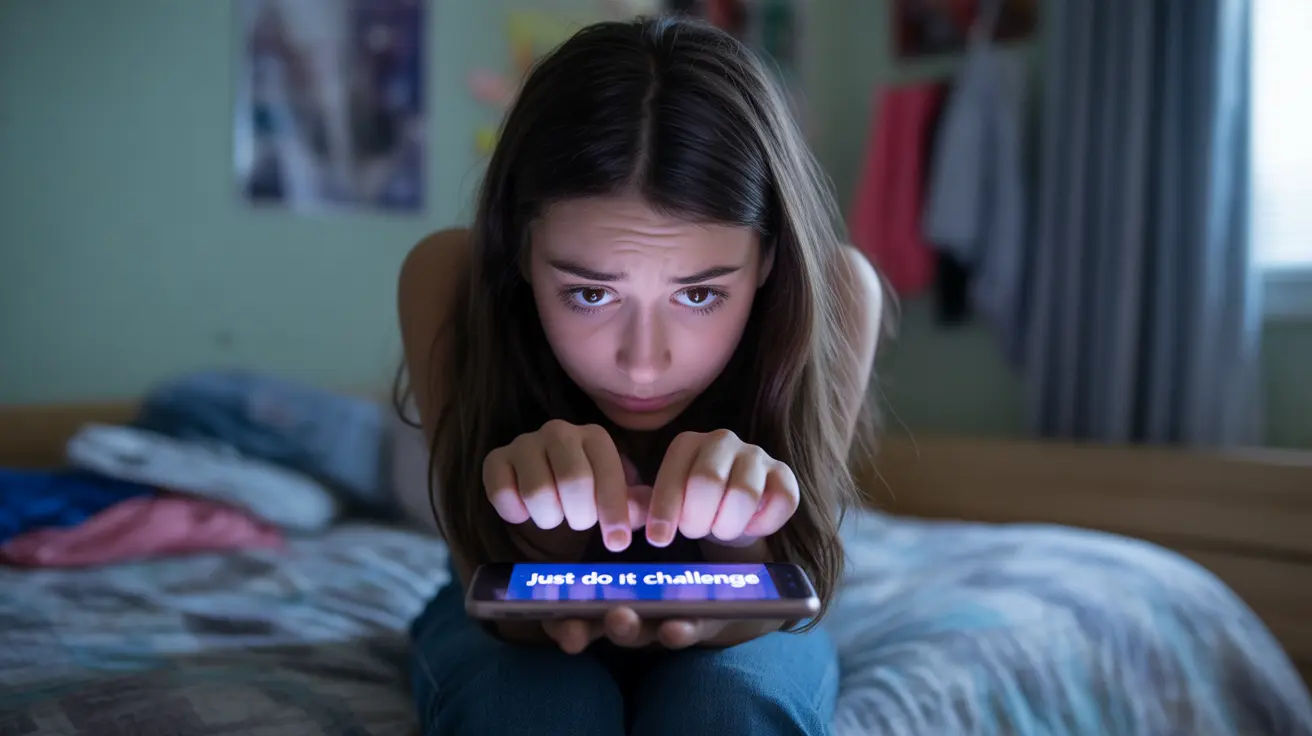A concerning social media trend known as the blackout challenge has emerged, putting young lives at risk through dangerous acts of self-induced choking or asphyxiation. This alarming challenge, which has gained traction on various social platforms, requires immediate attention from parents, educators, and healthcare professionals to prevent tragic outcomes.
Understanding the nature of this challenge and its potentially fatal consequences is crucial for protecting vulnerable youth from participation. Let's explore the risks, warning signs, and preventive measures associated with this dangerous trend.
Understanding the Blackout Challenge
The blackout challenge involves participants deliberately restricting their oxygen supply until they lose consciousness. This dangerous activity, sometimes called the "choking game" or "pass-out challenge," can lead to severe injury or death within minutes due to oxygen deprivation to the brain.
What makes this challenge particularly dangerous is its presentation as a seemingly harmless dare or game, masking the severe medical risks involved. Participants often record themselves attempting the challenge, unknowingly encouraging others to try this potentially lethal activity.
Recognizing the Warning Signs
Parents and caregivers should be vigilant for these potential indicators that a child might be engaging in the blackout challenge:
- Unexplained marks or bruising around the neck
- Frequent, severe headaches
- Bloodshot eyes
- Disorientation after spending time alone
- Unusual presence of items that could be used for choking
- Increased secretive behavior with devices
Medical Risks and Consequences
The health implications of participating in the blackout challenge can be severe and potentially fatal. Medical professionals highlight several immediate and long-term risks:
Immediate Dangers
- Seizures
- Loss of consciousness
- Cardiac arrest
- Brain damage from oxygen deprivation
- Death
Long-term Effects
- Permanent neurological damage
- Memory problems
- Cognitive impairment
- Visual disturbances
- Behavioral changes
Understanding Teen Vulnerability
Adolescents are particularly susceptible to dangerous social media challenges due to several developmental factors:
- Increased desire for peer acceptance
- Still-developing impulse control
- Limited ability to fully comprehend long-term consequences
- Strong influence of social media on behavior
- Natural tendency toward risk-taking behavior
Prevention Strategies for Parents and Caregivers
Taking proactive steps to protect children from the blackout challenge is essential. Consider implementing these preventive measures:
Open Communication
- Maintain regular discussions about online safety
- Create a judgment-free environment for questions
- Express genuine interest in their social media experiences
Digital Safety Measures
- Monitor social media activity appropriately
- Set clear guidelines for online behavior
- Use parental controls when necessary
- Keep devices in common areas
Education and Awareness
- Explain the real dangers of oxygen deprivation
- Share age-appropriate information about medical consequences
- Discuss the permanence of online actions
Frequently Asked Questions
What is the TikTok blackout challenge and why is it dangerous? The blackout challenge is a social media trend where participants attempt to choke themselves until losing consciousness. It's extremely dangerous because it can cause immediate death, brain damage, and other severe medical complications due to oxygen deprivation.
How can parents recognize if a child is trying the blackout challenge? Parents should watch for signs such as unexplained neck bruising, bloodshot eyes, severe headaches, disorientation after being alone, and unusual interest in choking or asphyxiation content online.
What health risks are associated with the blackout challenge or choking game? The challenge can lead to seizures, cardiac arrest, permanent brain damage, death, and long-term neurological problems. Even a single attempt can result in fatal consequences.
Why are teenagers particularly vulnerable to participating in the blackout challenge? Teens are vulnerable due to their developing brain structure, increased susceptibility to peer pressure, limited impulse control, and natural inclination toward risk-taking behaviors.
How can parents and caregivers help prevent children from engaging in the blackout challenge? Parents should maintain open communication, monitor social media use, educate children about the dangers, implement appropriate digital safety measures, and create a supportive environment where children feel comfortable discussing online trends.




